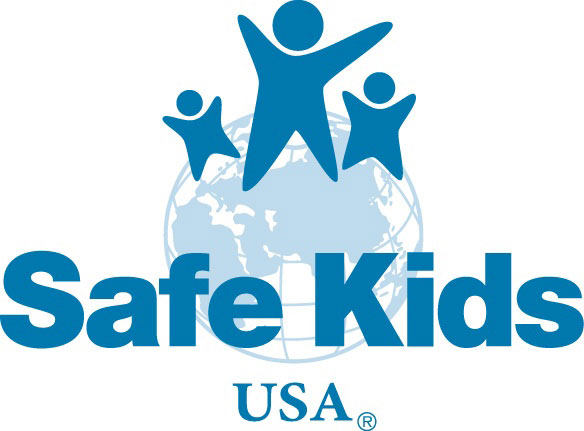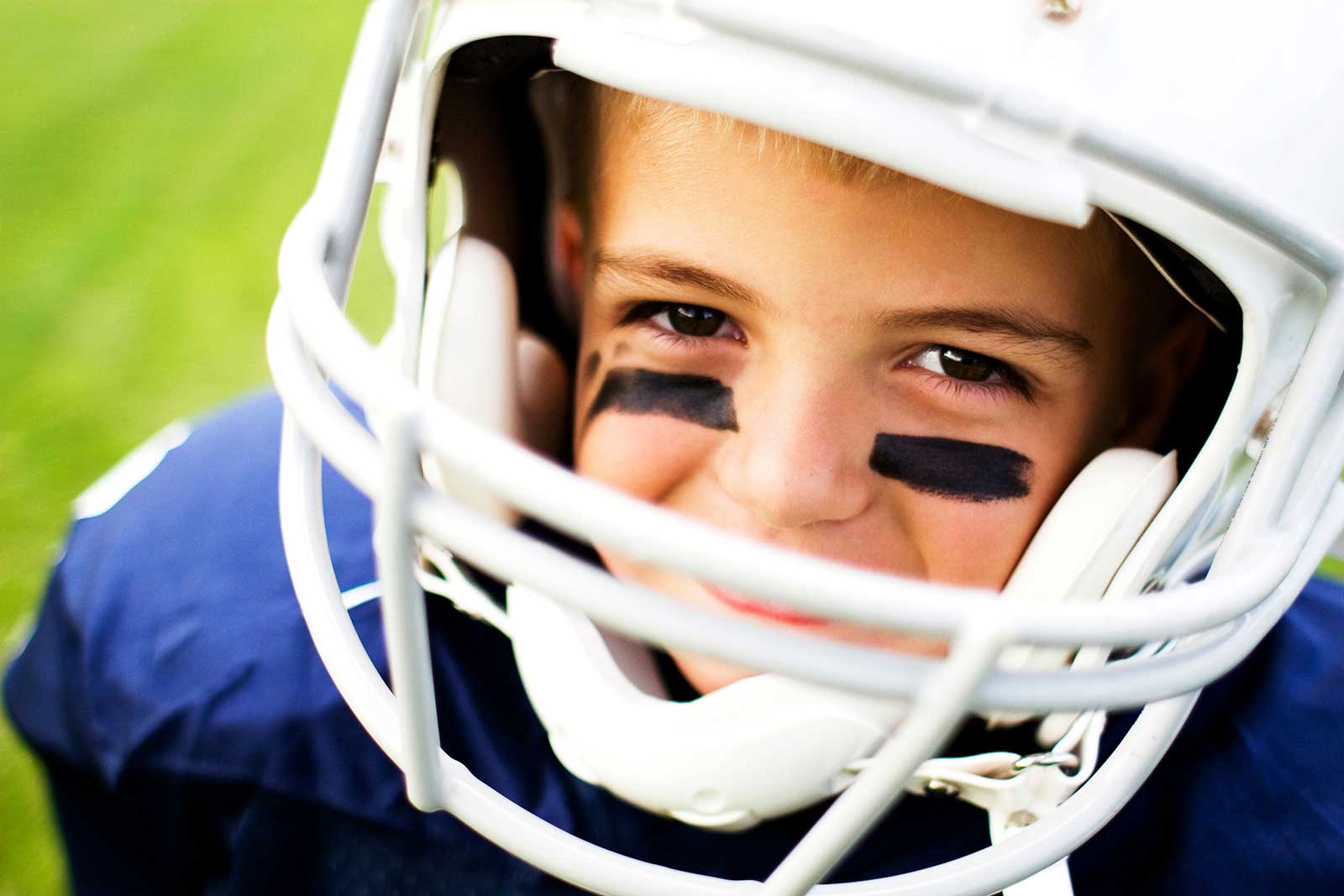
7 Ways to Keep Your Kids Healthy, Safe and Happy This Sports Season
by Lindsay Hansen, Program Manager, Recreational Safety, SafeKids USA
Some 38 million children play sports, but 10% of those kids need medical treatment for a sports-related injury every year, despite the fact that experts say about half of these injuries are likely preventable. Safe Kids USA, a non-profit dedicated to preventing unintentional childhood injury, says moms and dads have more control than they think when it comes to reducing injuries.
Here are some ways parents can ensure their child’s safety both on and off the field:
1. Start the season off right! The best way to ensure that your kid is sports-ready is to bring them to his/her pediatrician for a pre-participation physical evaluation which can detect any potential underlying conditions. You can download the form to give your doctor by clicking here.
2. Don’t let your child play the same sport year round. Taking at least two or three months off each year will help them avoid overuse injuries like Little League Elbow, Swimmer’s Shoulder, Tennis Elbow and stress fractures.
3. Make sure your child’s coach is warming up the kids before they play. Gradually increasing the heart rate through jogging and then proper stretching can help prevent injuries like muscle tears and sprains.
4. Hydrate, hydrate, hydrate! Drinking water before, during and after practice is essential, even in the cooler months. Experts say kids should drink 7-10 oz of water every 10 – 12 minutes during exercise.
5. Know the signs and symptoms of concussion. A child suffering from concussion may experience confusion, headaches, sensitivity to light, personality changes, forgetfulness and sluggishness. If there is a possibility your child may have a concussion, get them evaluated by a medical professional immediately. Prompt recognition and proper response can help prevent further injury.
6. Approach the coach. Create an honest, open dialogue that will build trust between you and your child’s coach. You have the right to know everything when it comes to safety. Don’t be afraid to ask questions like: Are you CPR certified? Are you trained in first aid? How often do you give the kids water breaks? What’s your coaching philosophy? Also, make sure coaches have your cell phone number in case of an emergency.
7. Make sure to talk to your child! Ask them how they feel before and after practices and games and trust your own instincts. Let them know that their safety and health is more important than a game won or lost.
Editor’s Note: These are great tips – I love the positive, straightforward approach, and think these are good guides toward preventing issues. With 3 active boys, I’ve seen more than my share of the emergency room! What ideas do other parents have to add to the dialogue about staying active AND safe?







I agree that it is vital to know the signs and symptoms of a concussion. Because of the prevalence of concussions in children’s sports, it may be a good idea coaches and parents to be well aware of what a concussion exactly looks like. Prompt and proper response could save your child’s life.